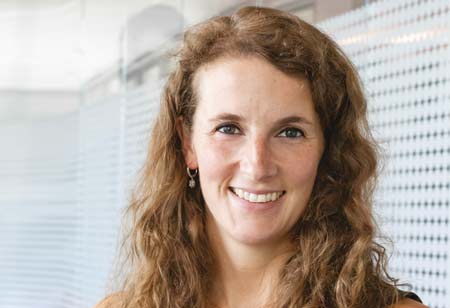

Thank you for Subscribing to Food Business Review Weekly Brief

According to Kerry’s recent ‘Left on the Shelf’ proprietary consumer study, consumers all over the world are highly motivated to adjust their behavior to help reduce food waste. This is driven first by a desire to save money and second by concern for the environment. The trend presents an opportunity and challenge for food and beverage producers to improve the shelf life of their products and stay on the right side of consumers.
The Kerry ‘Left on the Shelf’ study revealed, for instance, that 83 percent of consumers would consider the environment when making a purchase. Quite simply, consumers want to do something to fight global warming and be environmentally responsible, so a strong focus on sustainability—with front-of-pack claims around longer shelf life—can be a key differentiator in today’s ultra-competitive marketplace. Kerry’s study shows that up to half of food waste could be prevented by consumer action (with the other 50 percent prevented by shelf-life extension). Our research also found that a massive 98 percent of consumers globally were actively trying to minimize food waste. Bakery Is the Largest Category of Processed Food Waste Bread and baked goods represent the largest volume of packaged, processed food waste on a global basis (fresh produce comprises the highest volume overall). Consumers won’t eat food that doesn’t look, taste or smell appealing. The top reason for bakery waste is mold, followed by staleness. In extending shelf life, all aspects of the eating experience are considered; that is, microbial control and sensorial shelf life come as a package deal. As recent Kerry global food waste research has shown, consumers greatly value the objective of reducing food waste. For bread manufacturers in particular, achieving an extended shelf life for a product may allow for on-pack claims on ‘fresh for longer’ that may help build brand loyalty and foster new sales. It’s vital to note here that, although bread is a low-cost product, it is the biggest category of packaged food waste globally. The key strategy in baking should be to extend the quality shelf life of the product. If the baked item maintains softness, taste, and texture longer, it can be consumed for a longer period of time and there is less wastage. There are huge benefits to making efforts to improve shelf life. Studies show that some 50 percent of consumer food waste can be prevented by extending a product’s appealing life span. In emerging markets, 60 percent of food loss occurs early in the supply chain, i.e., before it reaches the retailer, and this can often be addressed by enhancing preservation practices in production. The good news is that a wide range of advanced preservation and protection technologies are already available in the marketplace—enzymes, organic acids, emulsifiers, fermentates, vinegar and other bakery ingredients—that can eliminate shelf-life issues while extending viable end-use dates.‘Using just a few simple inputs, Kerry’s innovative new estimator is designed to inform users about the impact of reduced food waste on our planet.’

However, if you would like to share the information in this article, you may use the link below:
https://www.foodbusinessreviewapac.com/cxoinsight/-nwid-1005.html